Pulling back the curtain to reveal one piece in the growth of the Modernist period, the Wiener Werkstätte (Vienna Workshop) began in 1903 by two men, Josef Hoffman and Koloman Moser, as an offshoot of Vienna’s “Secessionist” movement. For nearly 30 years the artisans of the Werkstätte designed and produced textile designs, glasswork, ceramics, metalwork, jewelry and furniture with the unifying mantra to bring a heightened sense of design to everyday objects. The earliest years saw designs that were highly influenced by some of the more formal qualities of Scottish architect and designer Charles Rennie Mackintosh (1868-1928). While numerous Werkstätte designers chose ornamental restraint, others pushed decorative ornamentation to excess.
Obsessed with quality and a high-level of craftsmanship, eventually the Wiener Werkstätte was unable to produce enough products to keep up with demand. Their work was expensive, and mass-production was never an option. This spelled their eventual demise, but left deep roots for the growth of modernism to come.
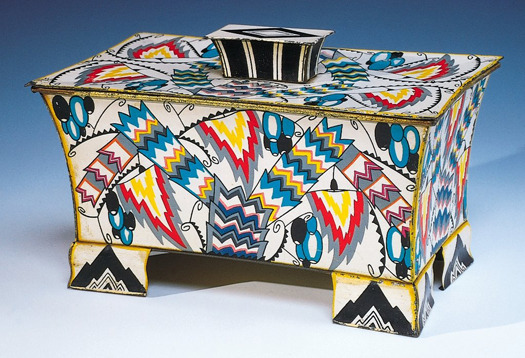
Emanuel Josef Margold (1888-1962). Biscuit Box, c. 1925; painted tin with lithographed design. Collection of the Minneapolis Institute of Arts.
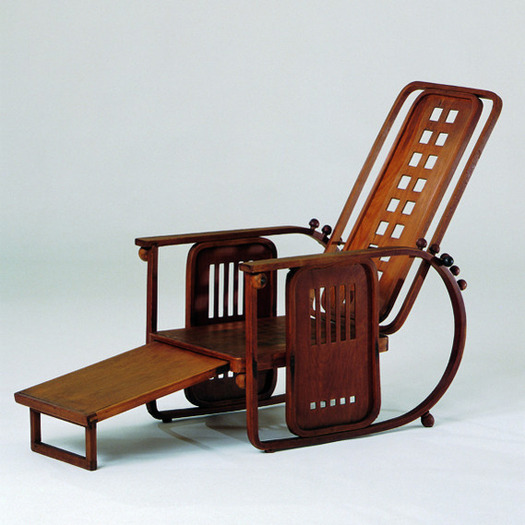
The Sitzmaschine Chair, (No. 670) by Josef Hoffmann, c. 1905, had a reclining back and pull-out footrest.
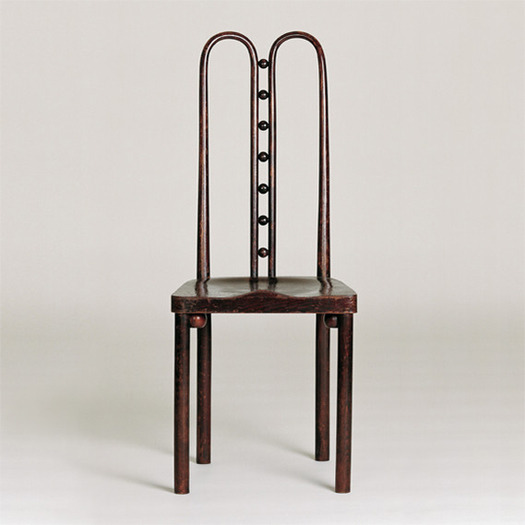
Commonly called the “Seven Ball Chair,” this sturdy chair (No. 371) by Josef Hoffman (1870–1956) was first exhibited at the Vienna Art Show in 1908.
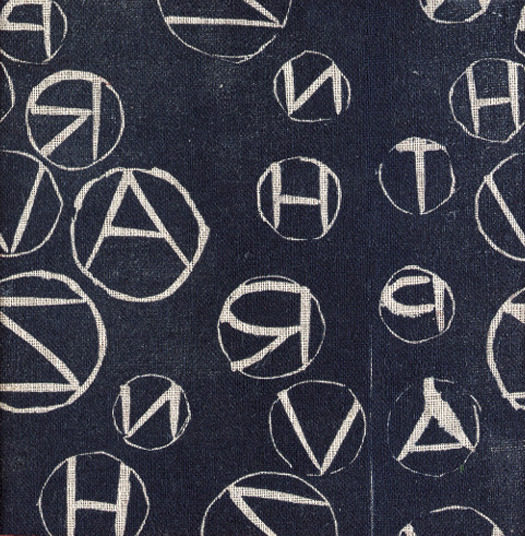
A Wiener Werkstätte textile sample, c. 1910; Christies Auction, London; May 2000
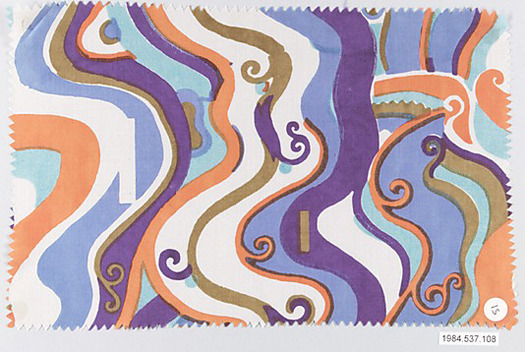
Textile Sample, Designer Unknown, Wiener Werkstätte, ca. 1920
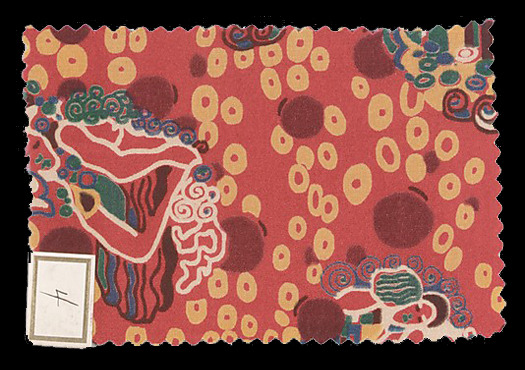
Textile sample; by Gustav Klimt (Austrian, Baumgarten 1862–1918 Vienna)
Wiener Werkstätte, ca. 1920
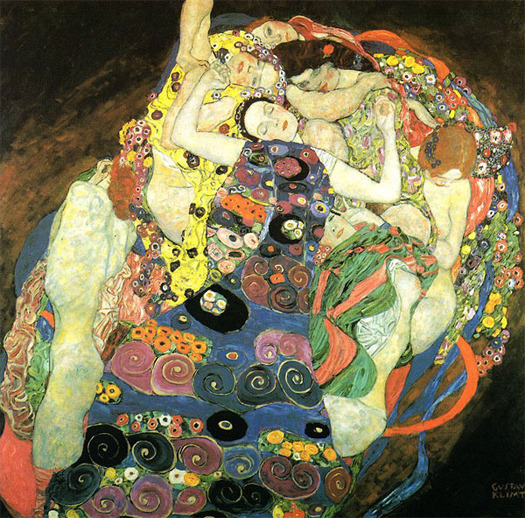
Die Jungfrau, (The Virgins), Oil on Canvas; by Gustav Klimt (Austrian, Baumgarten 1862–1918 Vienna)
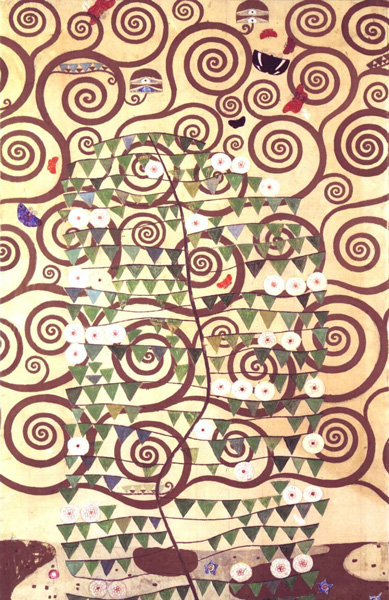
One in a series of three mosaics created by Austrian painter Gustav Klimt for a 1905-1911 commission for the Palais Stoclet in Brussells. Stoclet Fries — Lebensbaum (rechter Teil). These panels are composed of a variety of luxury materials, including marble, ceramic, gilded tiles and enamel along with pearls and other semi-precious stones.
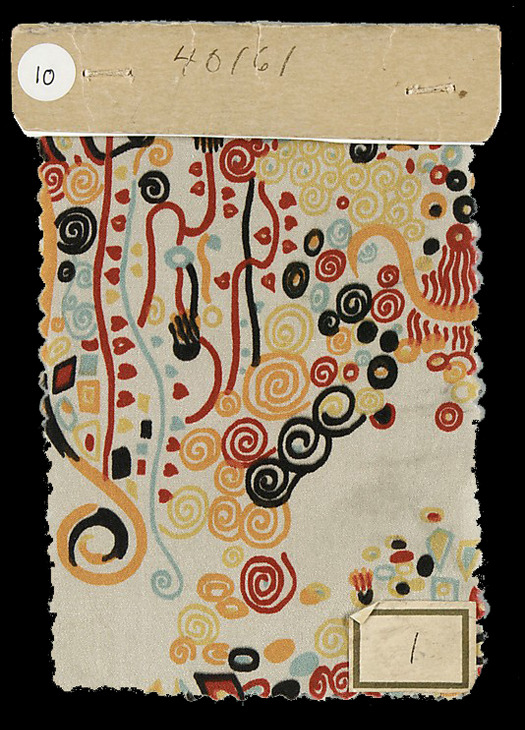
Textile sample; by Gustav Klimt (Austrian, Baumgarten 1862–1918 Vienna)
Wiener Werkstätte, c. 1920
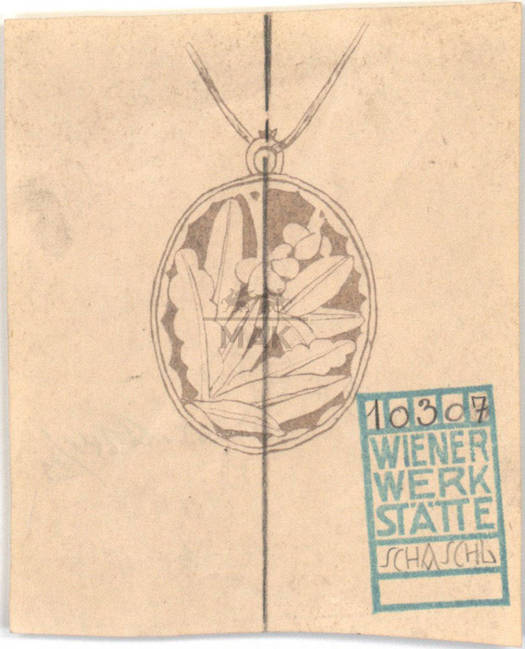
Preliminary drawing for jewelry pendant; Irene (Reni) Schaschl-Schuster, c. 1932
Collection of the Austrian Museum of Applied Arts, Vienna
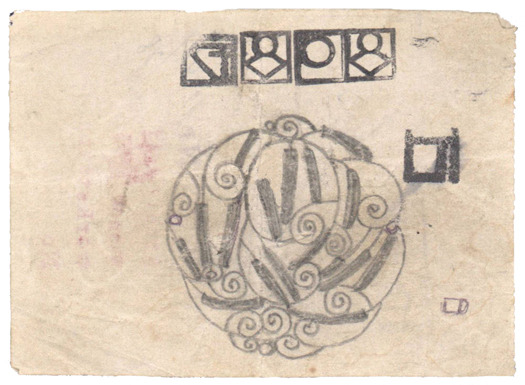
Pencil drawing by Josef Hoffman (1870–1956), c. 1908
Collection of the Austrian Museum of Applied Arts, Vienna
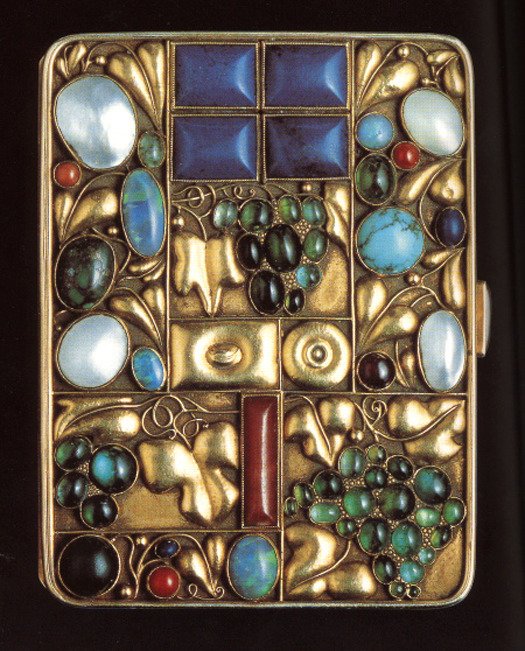
Josef Hoffman (1870–1956), Cigarette Case with elaborate ornamentation of gold, opals, lapis, turquoises, mother of pearl, agate and semi-precious stones, c. 1912
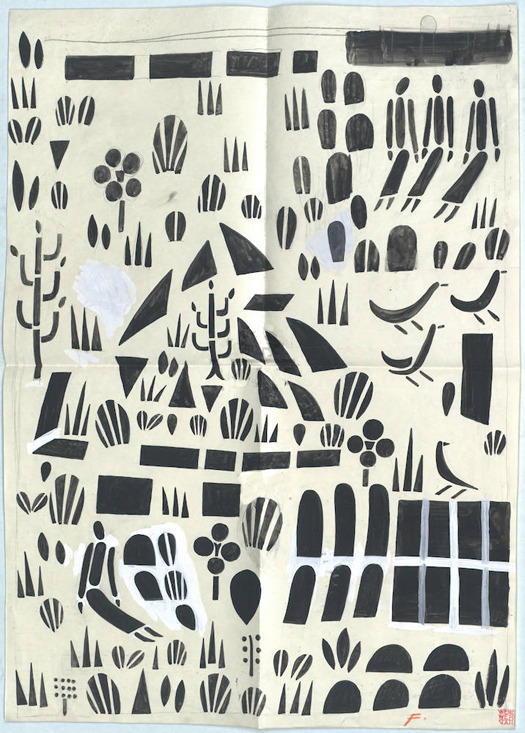
Ink Drawing by Mathilde Flögl, c. 1916
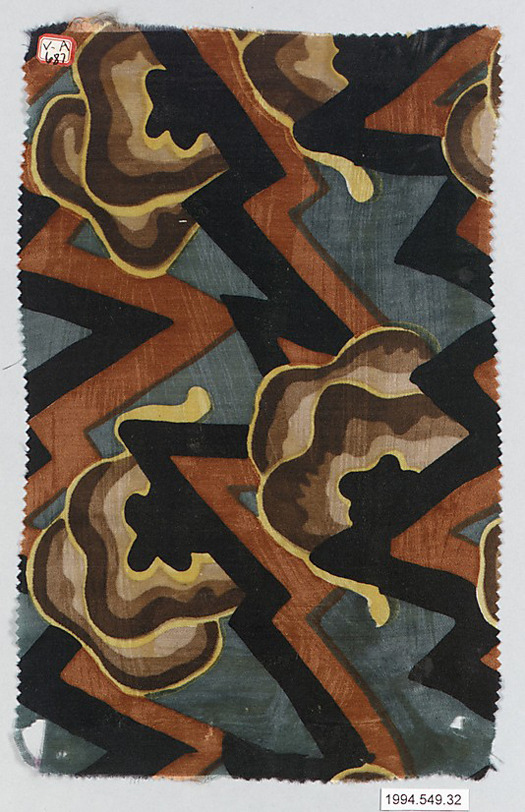
Textile Sample, Designer Unknown, Wiener Werkstätte, c. 1910–28
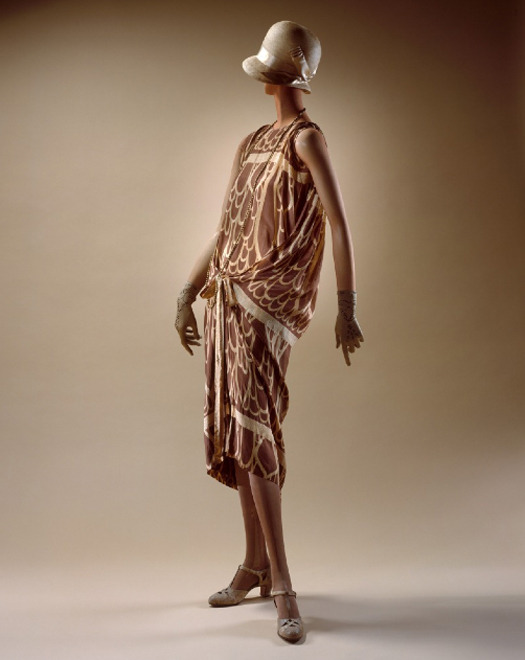
Print dress probably by Josef Hoffman (1870–1956), Wiener Werkstätte, c. 1920
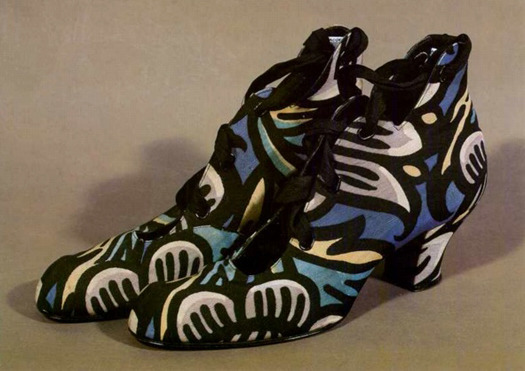
Designer Unknown, Shoes by the Wiener Werkstätte, c. 1910
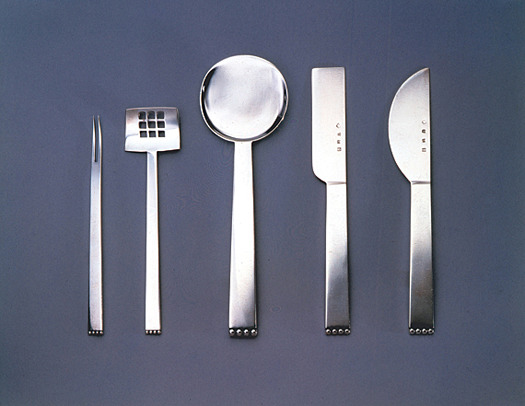
Josef Hoffmann (1870–1956), Five pieces from the 'Flat Model' flatware service, consisting of crab fork, sardine server, pastry serving spoon, cheese knife, and butter knife, Vienna, ca. 1904–1908. Execution: Wiener Werkstätte. Silver
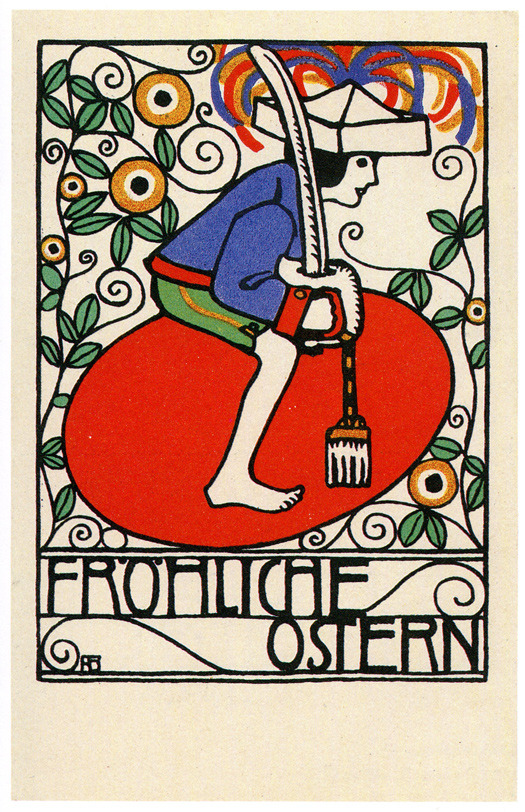
Postcard by Franz Zeymer, c. 1907
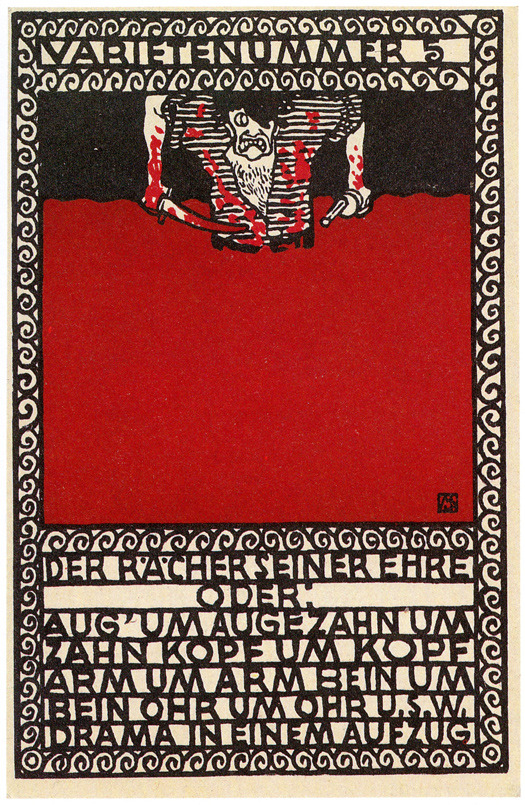
Postcard by Moriz Jung, c. 1907
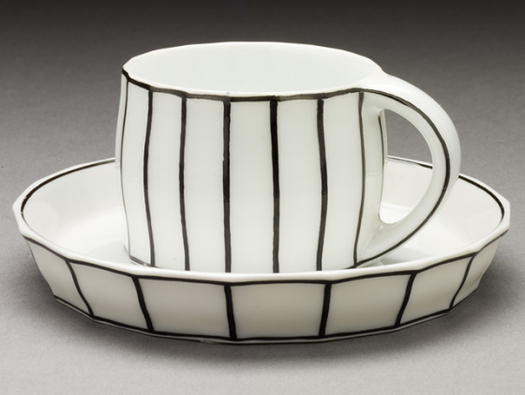
Black and White Mocha Cup and Saucer by Josef Hoffman, c. 1910, Austria, Vienna, Designed c. 1910; made c.1920; Ellen Palevsky Cup Collection, LACMA


Comments [5]
04.21.13
11:17
04.22.13
06:31
04.25.13
01:48
04.25.13
01:54
So you're right, they were influenced by historical form and they indulged in some fairly ornate Gothic revival stuff, particularly at first, but by looking backwards they actually came up with something new.
It's worth remembering as well that one of the things they were rejecting about the mechanised modern world of the 19th century was factory working conditions. One of the main reasons for their interest in old fashioned crafts was the belief that factory work de-humanised the worker, whereas craftsmanship gave them dignity.
The paragraph above about them not wanting to look back is basically wrong as they were absolutely about looking back. But on the other hand they were also a socialist revolutionary movement who wanted to overthrow capitalism, which is quite a confusing combination.
04.25.13
05:34